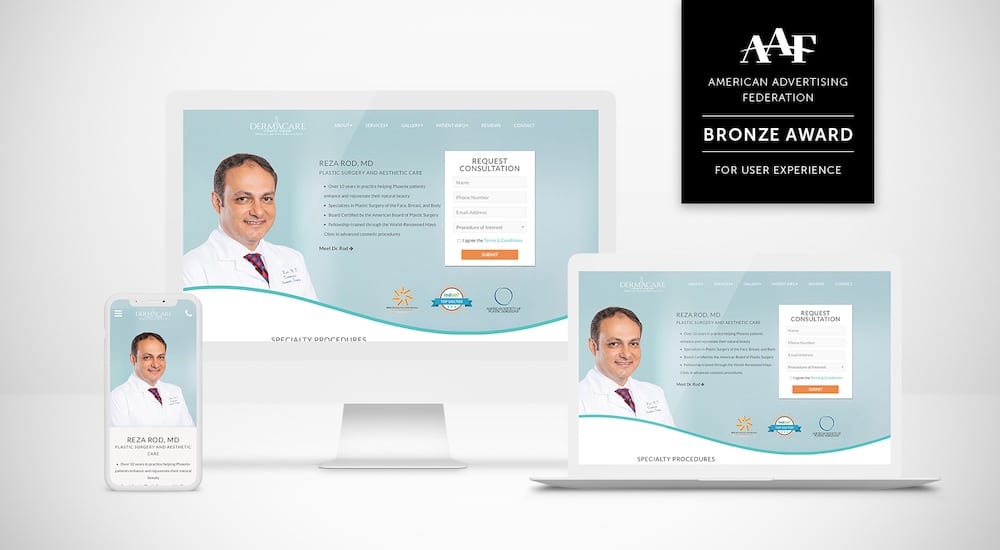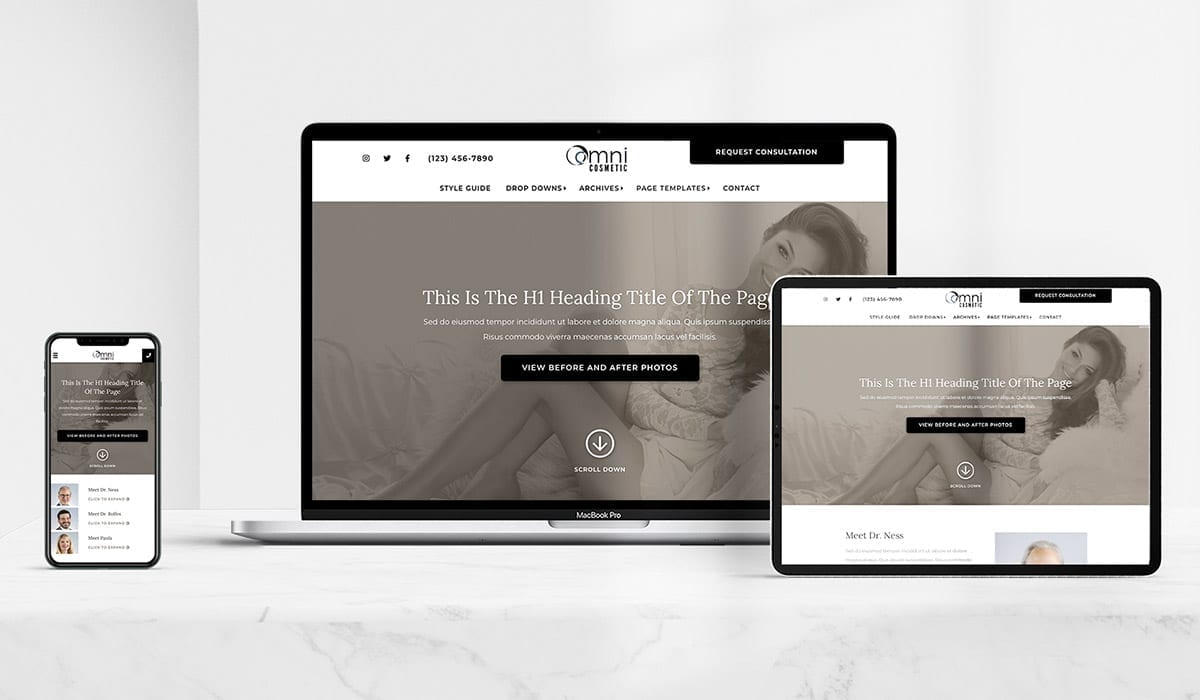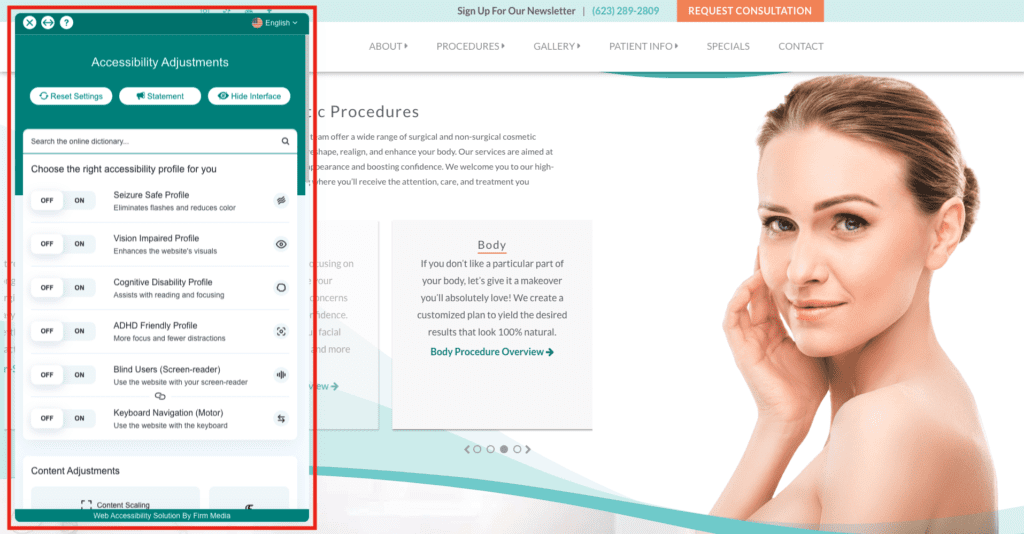PART FOUR OF A SERIES: Web Design for Internet Marketing
Getting outstanding results from a web designer has almost as much to do with finding a good web designer as it does with being a good client. That’s because the best websites are custom made to be a perfect fit for your business. Like a high quality bespoke suit, the key to getting an end product that looks great and works for you is allowing a professional to size you up correctly and get a full understanding of what you want to achieve. It has little to nothing to do with hovering over the tailor while he works and micromanaging each stitch. In short, your job is to tell your web design team what you want and then let them give it to you.
For many clients, that’s not as easy as it sounds. But by understanding which behaviors help and hinder this process, you can get much more mileage out of your relationship with your web design team. Here’s what you should do:
Get Organized
Getting ready for your first meeting with your web design team is a bit like preparing to meet with your accountant just before tax time – a little internal organization goes a long ways. But instead of gathering your 1099s, W2s and last years tax return, you’ll want to have all of your previous marketing material ready to present. That means everything that’s ever been used to represent your company, including your old website, brochures, business card, letterheads or anything else with your name or logo on it. A good web designer will ask to see this material anyway, so it’s better to have it ready to go from the outset rather than requiring a followup meeting or an extended shuffling back and forth of papers.
This doesn’t necessarily mean that the web designer will be rehashing your previous efforts – rather, he or she will use this material in order to pin down how you’ve been representing your company, get an understanding of what your clients have seen so far and help spark some ideas about how to build on your company’s image. From here, a web designer will begin researching your competition and your target audience in order to get a big picture perspective of the industry. This is square one of the web design process, and the faster you can get here, the sooner you can get started.
Become an Integral Part of the Process
One of the hardest things for some business owners and managers to do is to loosen the reins a bit and let the web design team do what they do best. However, relinquishing a certain amount of control over the project and trusting in the expertise and experience of the design team is a vital part of getting the results you want from the relationship. To help resist the urge to micromanage, you should define clear roles for yourself and the web design team and stick to them. Here’s what usually works best:
The designer’s role is two-fold: first, to understand your needs and goals and second, to deliver the results in the best possible fashion, as dictated by his or her professional knowledge. Your role is to help facilitate the first part of the designer’s job: communicating your needs so the designer can get in your head and understand exactly what your business does, how you do it and what you offer to clients. The better the designer understands where your coming from, the more precisely he or she can achieve the results you envisioned. To that end, you can play a more integral role by learning a bit about the web design process – both by allowing yourself to be educated and through independent research – so you can provide the information and concepts that will be useful to the web designer.
Your role should not include heavy involvement in determining and executing the best method for realizing your goals based on your needs. Doing so is counter-intuitive to the notion of hiring a web design team for their expertise and professional insight. The amount you pay a web designer should reflect the value you place on their instincts and experience, meaning the more you pay for their expertise, the more trust you should release into that professional’s hands.
Of course, this doesn’t mean that you should blindly accept whatever the web designer gives you. There’s a time and place for productive feedback (we’ll get to that next), but for now, the best way you can improve the end product is to clearly communicate what is is that you’d like to achieve, rather than how you’d like to go about achieving it.
Giving Constructive Feedback
As a paying customer, you reserve the right to be dissatisfied. But there are right ways and wrong ways to take a product that’s not meeting your expectations and making it work for you. Here are some pointers to remember:
- Trust the integrity of the design. Web designers will often present you with three or more conceptual mockups, each composed with its own typeface, color scheming and layout. The aesthetic makeup of a web design is almost always irreducibly complex – meaning there’s limited ability to mix and match aspects between designs. Attempting to do so yields a mixed-up duck-billed platypus of a design.
- Pay attention to content and function. With websites, form always follows function. So, instead of focusing on the look and feel of the web design, point out things you like or dislike about the way the content is presented. For example, saying that you preferred how the presentation of the contact information in mockup A rather than in mockup B is more useful than saying, “I wish this was blue.”
- Be efficient as possible with changes. Providing a single long list of tweaks and changes for a website is much more productive than submitting many shorter lists of revision requests. This way, the designer can seamlessly integrate all of your requests at once, rather than going back and rearranging, rebuilding and in many cases, starting from scratch in order to accommodate each new change. To prevent this from happening, set aside some time to review the design carefully rather than taking quick glances here and there, noticing something new each time. This will significantly reduce the total time (and cost) required to finalize your web design.
At the end of the day, getting the best results from your web designer is all about establishing a shared vision with the professional you choose to work with. Just like any relationship, communication and trust are key. Trust that your web designer has the skills and experience needed to actualize what you’ve envisioned for your website, but don’t trust him or her to be able to read your mind. Devote your energy towards making your needs as clear as possible to your web designer so you can better achieve your common goal: creating a functional, scalable and beautiful website for your business or organization.
For more insight on how your company can work with Firm Media to make your web project successful and visible, attend our free webinar on March 9 on Web Design and for Marketing & Conversion.









